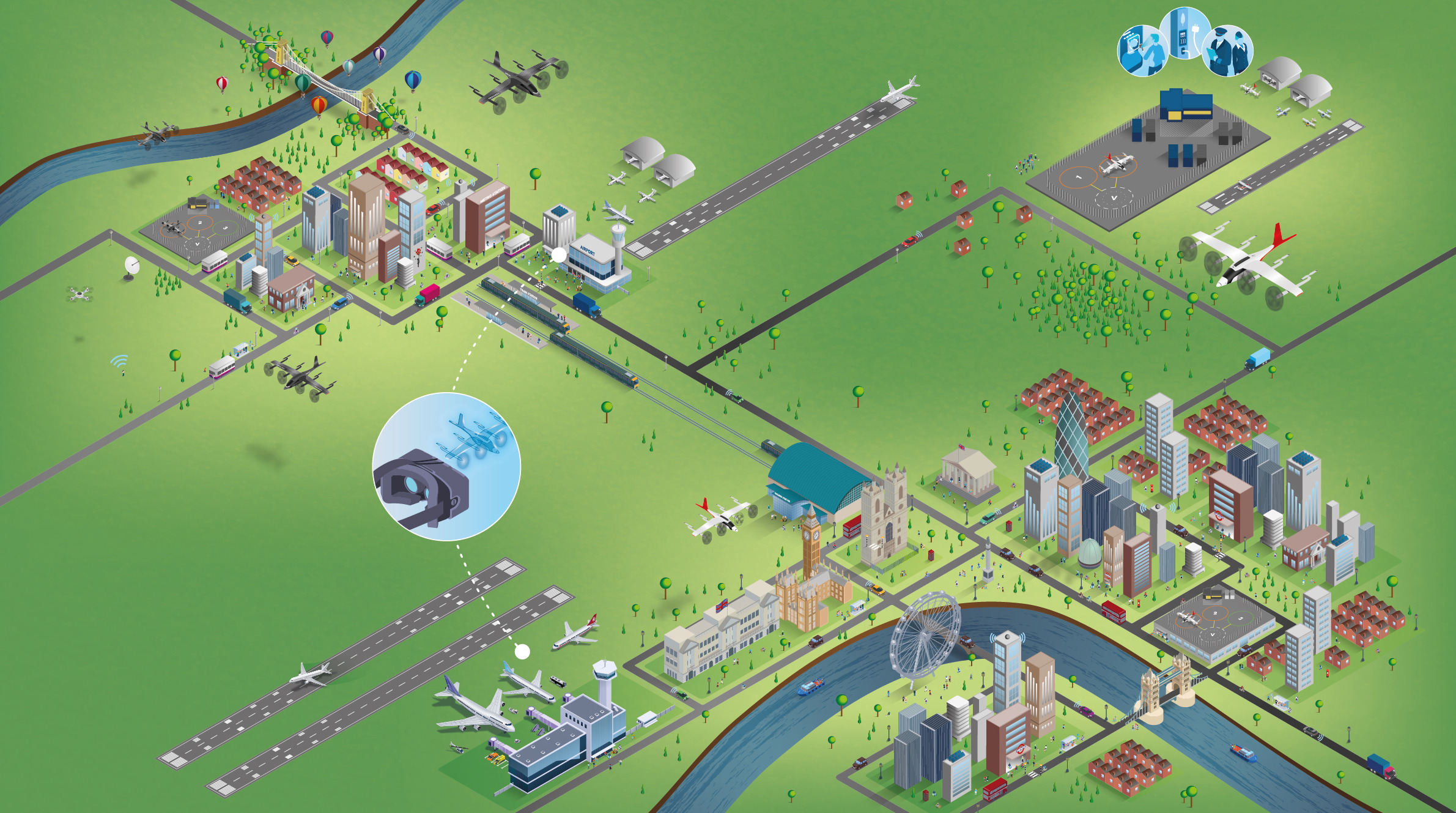Systems-Thinking – Making it work for you
19/01/2017

“The National Health Service needs more money!” “Knife Crime is up! Stop & Search is down!” “We’re working flat out! We need more people!” “We’ve matched Resourcing against Demand, and we still can’t cope!” And, and, and ….
These are comments and phrases, amongst many, demonstrating the frustrations in the perception of how well our Public Services (Hospitals, Police etc.) are delivering – mostly exacerbated by the media jostling to get a headline out ahead of the crowd, or social media from someone with an axe to grind! All of it simplistic and out of context!
If we treated the Health Service and Police etc. as part of a System, and applied some Thinking, we might stop asking such unproductive questions and start asking the right questions and thus start solving the real problem.
Systems-Thinking – if people have heard of it, some see it as another management fad: “We did Lean last year, and 6-Sigma before that and now we’re onto Systems-Thinking”. Meanwhile, there’ll be others who will say “We’re running X number of Continuous Improvement Programmes”. Yet never the twain shall meet! This is one of several posts which might be helpful in myth-busting and turning what may be a fad or a badge in your organisation, or a talkfest in another, into real evidence-based action and benefit.
So, in a short series of blogs, we’ll cover:
- Why it’s crucial to have a clear Purpose of your organisation and its fit in a joined-up System
- Why we need to look at a System in terms of Processes
- What we mean by Flow of work through the System
- How we Measure the Performance of the System to Continuously Improve it
- How we Manage the Performance of the System to Continuously Improve it
For illustrative purposes, we’ll select an example System that most of us will be more or less familiar with – the Criminal Justice System. But the points below apply just as much to other Public Sector areas such as Health, and to Private Sector areas such as Supply-chain or Asset/Infrastructure Management. In the interests of brevity, this examination will not be exhaustive, and will cut corners…..
Purpose and fit in a Joined-up System:
When you consider the Public, the Criminals and the Police – what’s the System? Well, there are at least two main Systems – the Criminal Justice System which interacts with the Criminal System! The Police are part of the former. And when the Criminal Justice System acts on the Criminal System, the Criminal System responds and vice-versa.
So which agencies, along with the Police, are also part of the CJS? Obviously there are the Crown Prosecution Service, HM Courts & Tribunals Service, National Probation Service, HM Prison Service – and then there are other agencies and working partners such as Social Services, Councils, Ambulance, Fire, Hospitals and so on. But for simplicity, just consider the obvious ones – it’s pretty clear for the whole System to work, then each agency must have a Purpose aligned with the overall Purpose of the System – otherwise it will create huge amounts of tension, confusion and waste!

So, for example, if the Police had as its Purpose “To bang up as many criminals as possible”, then this could create a real problem in another part of the System (Prison Service) where there may be issues with capacity. It would be questionable whether such a Purpose serves the Public/Society best! Perhaps a much more sensible Purpose for the Police might be: “Protecting Communities and Helping Keep People Safe”. This could then break down into, say, half-dozen Sub-Purposes, some of which might be – “Prevent, Solve & Reduce Crime & Anti-social Behaviour”, “Prevent Vulnerable Individuals and Groups from Becoming Victims”, and so on. When a Purpose is correctly created, such as those described above, it becomes Measurable, allowing organisations to Manage the System effectively (over time) creating incremental actions and Improvements within the Flow of Work to benefit the people for which the Purpose is intended.
It is arguable that Systems can produce benefit even in silos, when applied properly, appropriately and consistently, but it is only when viewed System-wide that the Public, Customer or Victim experience will be properly addressed. And this means you need IT systems that can pull the various sources of data from each element together to provide this System-wide perspective.
Systems in terms of Processes
Organisations deliver their services through Business Processes, so each element of the System is made up of a number of Processes. So, in the diagram above, the Police may deliver their services through the first 7 or 8 Processes in the joined-up Criminal Justice System.
We’ll look into this and the other 3 bullets above in future blogs…
Categories & Tags:
Leave a comment on this post:
You might also like…
Keren Tuv: My Cranfield experience studying Renewable Energy
Hello, my name is Keren, I am from London, UK, and I am studying Renewable Energy MSc. My journey to discovering Cranfield University began when I first decided to return to academia to pursue ...
3D Metal Manufacturing in space: A look into the future
David Rico Sierra, Research Fellow in Additive Manufacturing, was recently involved in an exciting project to manufacture parts using 3D printers in space. Here he reflects on his time working with Airbus in Toulouse… ...
A Legacy of Courage: From India to Britain, Three Generations Find Their Home
My story begins with my grandfather, who plucked up the courage to travel aboard at the age of 22 and start a new life in the UK. I don’t think he would have thought that ...
Cranfield to JLR: mastering mechatronics for a dream career
My name is Jerin Tom, and in 2023 I graduated from Cranfield with an MSc in Automotive Mechatronics. Originally from India, I've always been fascinated by the world of automobiles. Why Cranfield and the ...
Bringing the vision of advanced air mobility closer to reality
Experts at Cranfield University led by Professor Antonios Tsourdos, Head of the Autonomous and Cyber-Physical Systems Centre, are part of the Air Mobility Ecosystem Consortium (AMEC), which aims to demonstrate the commercial and operational ...
Using grey literature in your research: A short guide
As you research and write your thesis, you might come across, or be looking for, ‘grey literature’. This is quite simply material that is either unpublished, or published but not in a commercial form. Types ...






